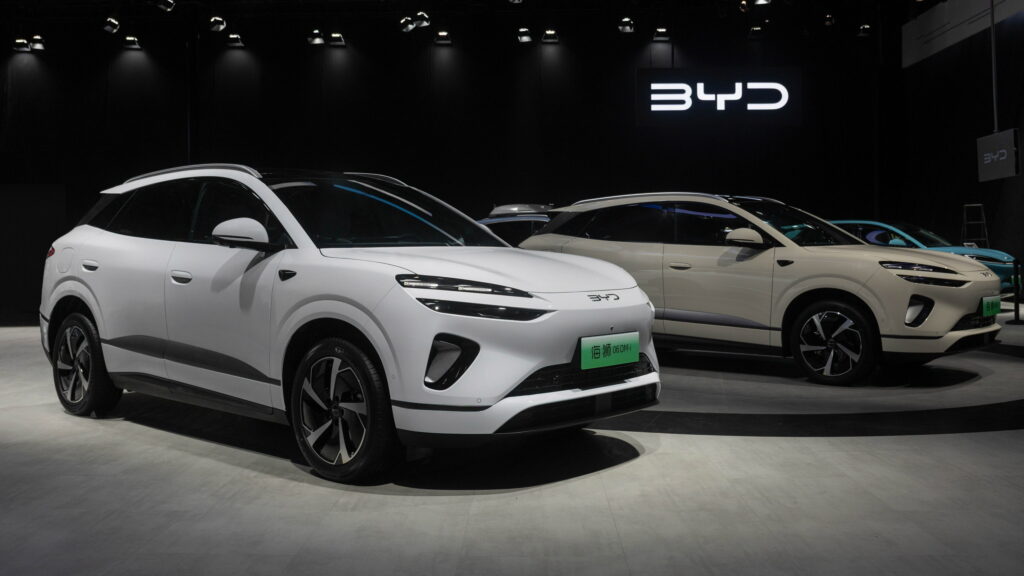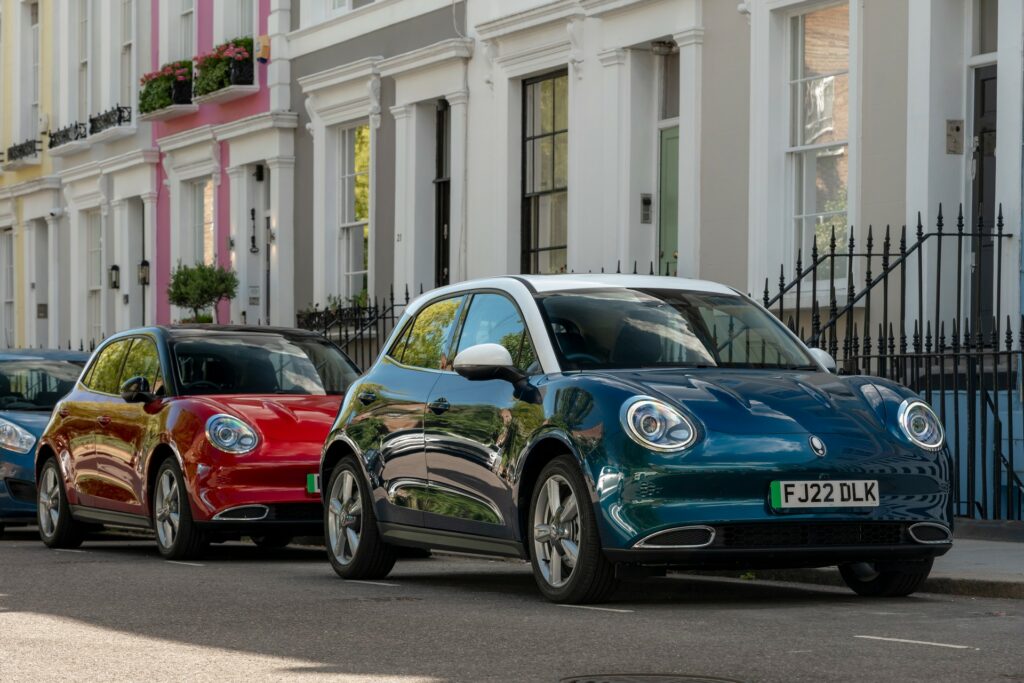China’s Big Leap in Electric Vehicle Batteries

It’s no secret that Chinese brands are taking the lead in the electric vehicle sector, leaving many Western companies scrambling to catch up. A significant factor in this rise is the vast amount of government support these companies receive, which undoubtedly helps them surge ahead in terms of technology and innovation. One standout company in this space is Contemporary Amperex Technology Co., or CATL, which has become the world’s largest maker of electric vehicle batteries largely due to substantial government subsidies.
Subsidies Fueling Growth

Last year, CATL received more government subsidies than any other company, with the total amount of subsidies making even the likes of Tesla envious. In the first six months of 2024 alone, CATL received state aid amounting to 3.84 billion yuan, translating to a whopping $532 million. By year’s end, it’s believed that CATL’s support far surpassed the 4.06 billion yuan ($563 million) provided to China’s state-owned oil juggernaut Sinopec over the year.
Contributors to Success

These substantial subsidies are not exclusive to CATL. Other Chinese auto and battery companies, such as BYD, SAIC, and Great Wall Motor (GWM), have also been benefitting from government handouts, helping accelerate their growth and market penetration. For example, BYD received nearly 3.8 billion yuan ($527 million) in 2024, further enabling them to flood the market with new models.
Driving Experience Comparison
Now, transitioning to what driving Chinese EVs from these companies feels like, many folks note the stark differences in experience. When compared to traditional Western brands, Chinese electric vehicles often bring a distinct flavor. They tend to pack more cutting-edge technology and features at a lower initial cost, though some critics argue they’re often lighter on the luxury touches that European brands are known for.
Cars like the BYD Sea Lion, with its rapid acceleration and surprising range, have impressed with performance akin to something futuristic. Unlike the smooth luxury of a Mercedes electric, these Chinese offerings focus more on practicality and technology. Comparing the Great Wall’s Ora Funky Cat to something like the VW ID.4, it’s like holding an Android phone versus an iPhone—each brings different specs and user experiences to the table.
In summary, the rapid rise of Chinese EVs is largely attributed to massive subsidies, allowing these companies to push the envelope on innovation and disrupt the industry pace. It’s clear that as long as these financial boosts continue, the landscape of electric vehicles will continue to evolve globally with China at the forefront.
Jeep Rubber Duck Craze
Virtual Auto Show Buzz
Hypercar Game Changer
2026 HR-V Unveiled
Senate Curbs CA Rules